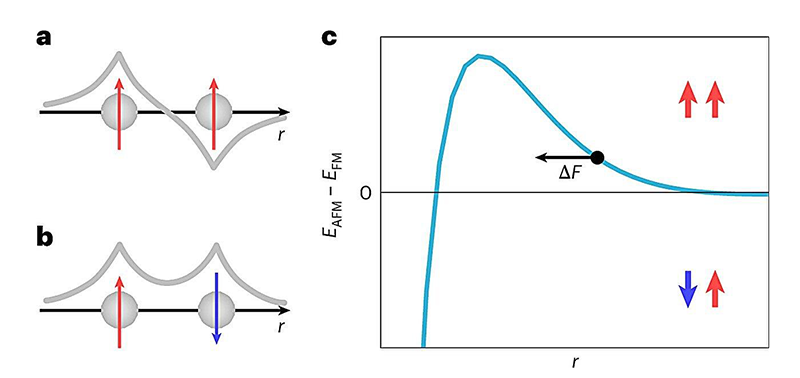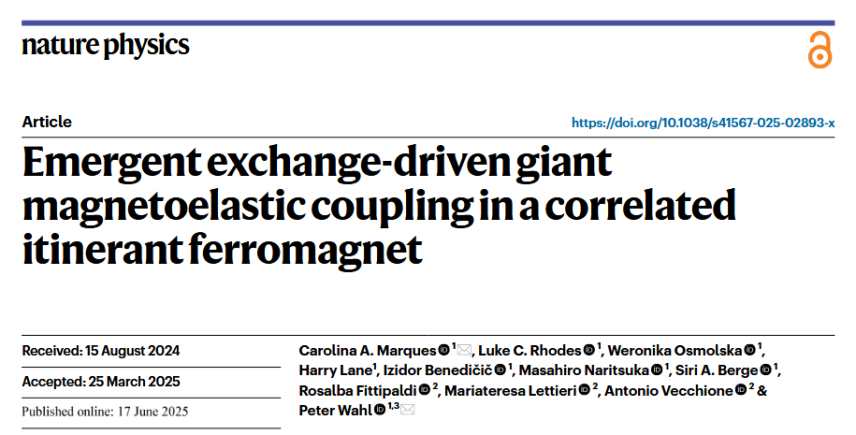An international team of scientists from the University of St Andrews (UK) and the CNR-SPIN Institute (Italy) has set a new benchmark in the precision with which researchers can probe fundamental physical phenomena in quantum materials. Their breakthrough study, published in Nature Physics, confirms a nearly century-old theoretical prediction, and may have far-reaching implications for materials science and advanced computing.
The researchers investigated magnetoelastic coupling—the change in a material’s size or shape when exposed to a magnetic field. While typically a subtle effect, it has significant technological relevance. Surprisingly, the team discovered an exceptionally large magnetoelastic response in a complex transition metal oxide: Sr4Ru3O10.
The material was synthesized as high-purity single crystals by Rosalba Fittipaldi and Mariateresa Lettieri, in the research group led by Antonio Vecchione at the Salerno Unit of the CNR-SPIN Institute. These crystals were then studied by Carolina Marques and the other members of the research group led by Peter Wahl at the School of Physics and Astronomy, University of St Andrews.
Using ultra-low-temperature scanning tunneling microscopy, the researchers detected how slight changes in the alignment of atomic magnetic moments—though having minimal influence on electronic properties—caused unexpectedly large structural deformations in the material. This required an extremely controlled environment, as even minute vibrations such as sound waves could disturb the measurements. The sophisticated instrumentation used is capable of detecting changes as small as a few hundred femtometers—about a millionth of a billionth of a meter.
Crucially, these findings provide direct experimental confirmation of the Bethe–Slater curve, a concept dating back to the 1930s that describes the relationship between atomic spacing and magnetic ordering. While the theory was originally formulated for simple metals, this study demonstrates its validity in more complex materials such as oxides. Even more remarkably, the observed structural changes were far larger than those predicted by current theoretical models.
The discovery highlights the importance of magnetism–structure coupling in quantum materials and suggests that similar effects could play a key role in other systems, such as high-temperature superconductors. A deeper understanding of these interactions could inform the design of next- generation technologies, including more efficient and environmentally friendly materials.

Fig.: Bethe–Slater-type exchange interaction.
Reference: Carolina A. Marques et al., Emergent exchange-driven giant magnetoelastic coupling in a correlated itinerant ferromagnet, Nature Physics (2025). DOI: 10.1038/s41567-025-02893-x


